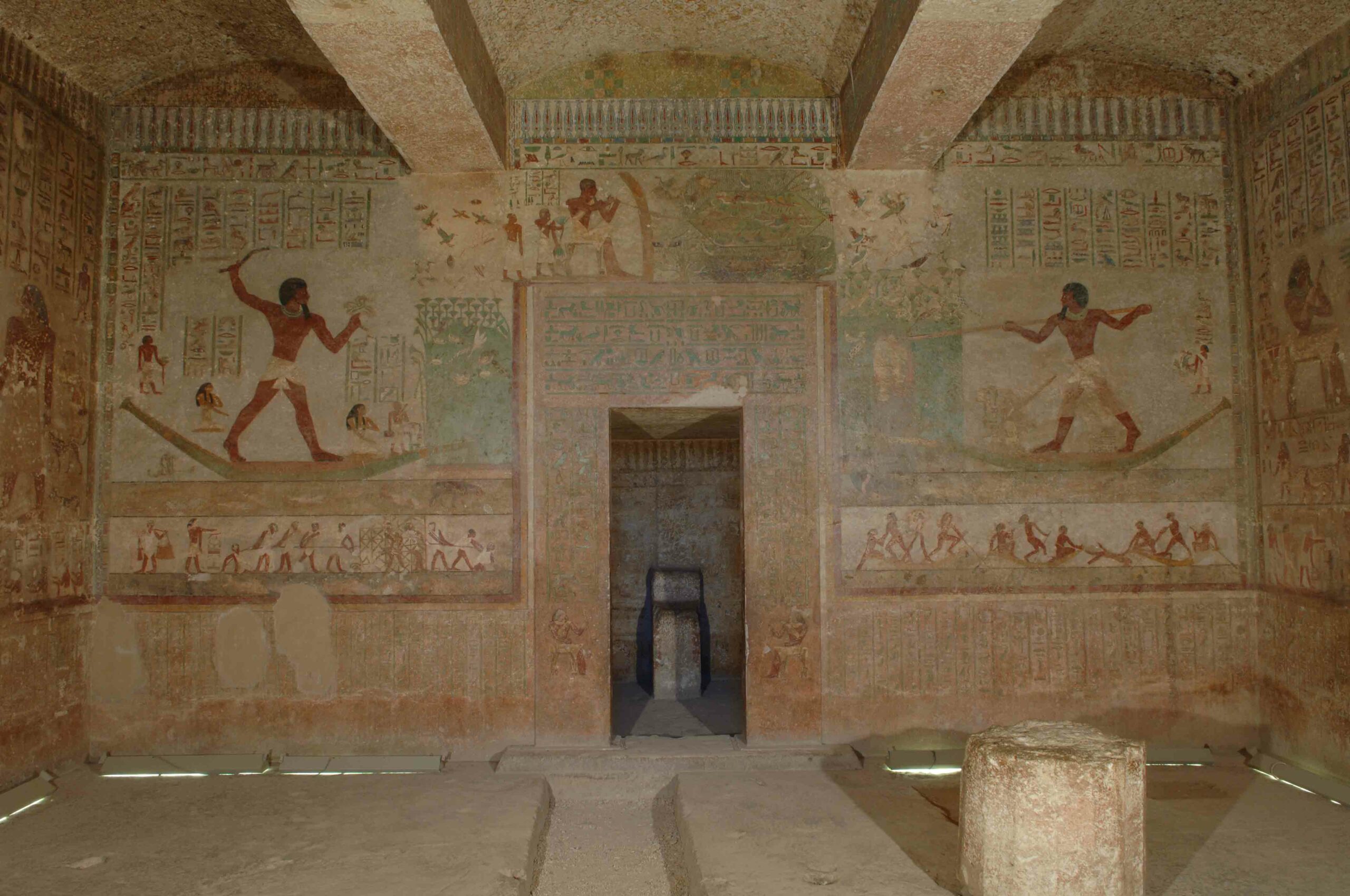MANISA, TURKEY—Hurriyet Daily News reports that possible traces of the war between the Lydians and the Persians in 546 B.C. has been unearthed in what is known as the Palace region at Sardis, the ancient capital of the Lydian kingdom in western Turkey. Previous excavations in this area of the city have uncovered huge terrace walls that could have supported a monumental building, as well as a military shield, ivory from a piece of furniture, and a stone seal. “These pieces make our predictions stronger that this area was the field of a palace,” said lead archaeologist Nicholas Dunlop. Now, nearly 50 arrowheads have been found spread over different areas of the possible palace structure. “We also found pots, cooking bowls, and a piece of floor,” he added. “We found three arrowheads in this floor. These arrowheads might be from the last big war.” Historic records indicate the Lydian kingdom fell to the Persians after the 14-day attack. To read about a ritual deposit discovered at Sardis, go to “How to ward off an earthquake with Roman magic.”
Possible Evidence of War Unearthed at Sardis
News July 13, 2018
Recommended Articles
Secrets of the Seven Wonders November/December 2025
Temple of Artemis at Ephesus
Turkey, fourth century b.c.
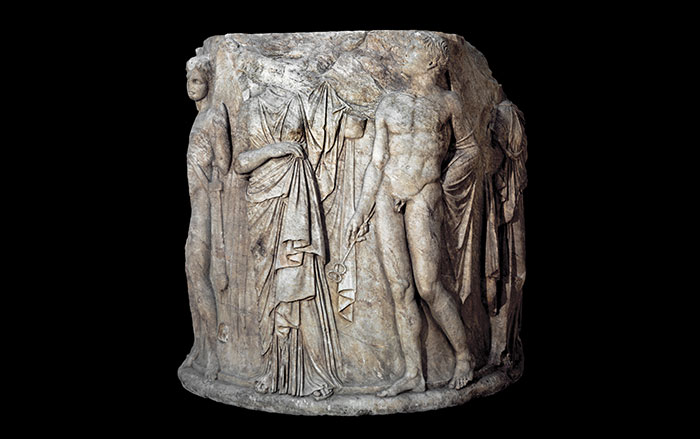
Secrets of the Seven Wonders November/December 2025
Mausoleum at Halicarnassus
Turkey, fourth century b.c.
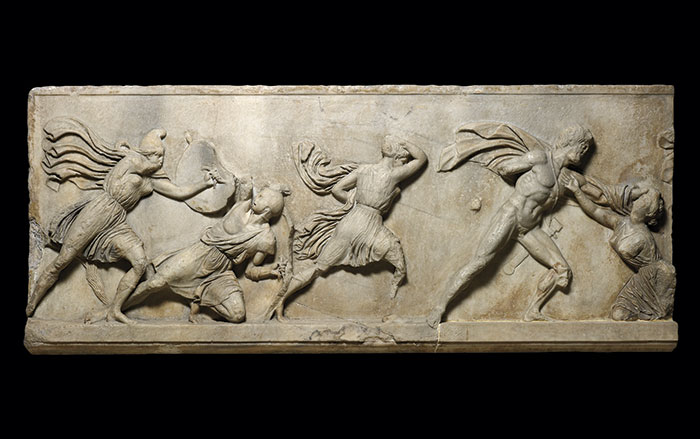
Digs & Discoveries September/October 2025
Dead Drunk
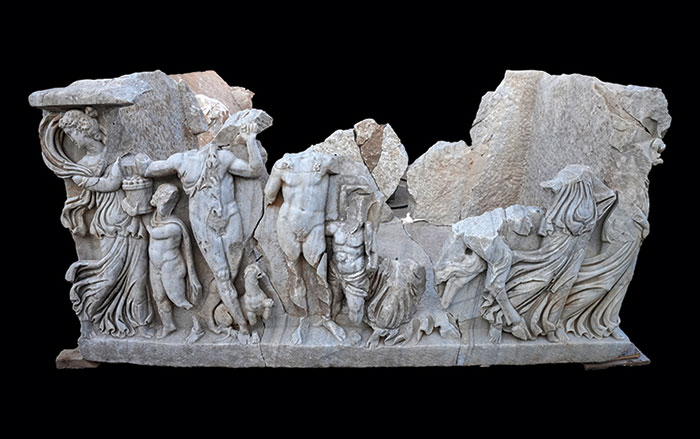
Digs & Discoveries September/October 2025
A Day at the Hunt
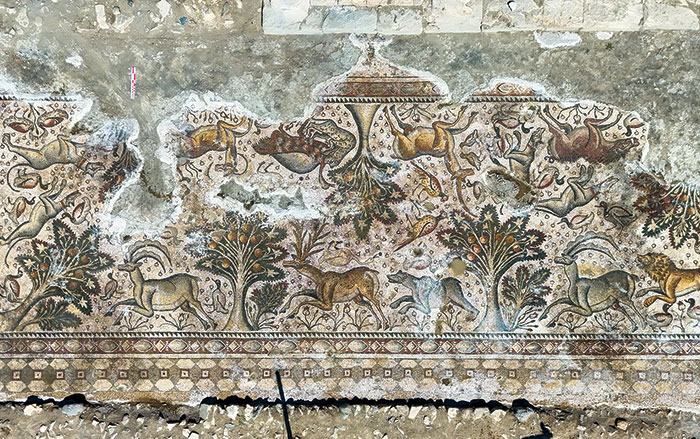
-
Features May/June 2018
Global Cargo
Found in the waters off a small Dutch island, a seventeenth-century shipwreck provides an unparalleled view of the golden age of European trade
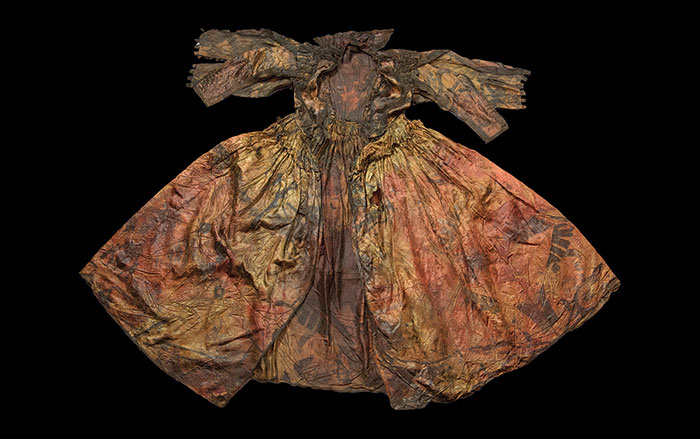 (Kees Zwaan/Courtesy Province of North Holland)
(Kees Zwaan/Courtesy Province of North Holland) -
Letter From the Philippines May/June 2018
One Grain at a Time
Archaeologists uncover evidence suggesting rice terraces helped the Ifugao resist Spanish colonization
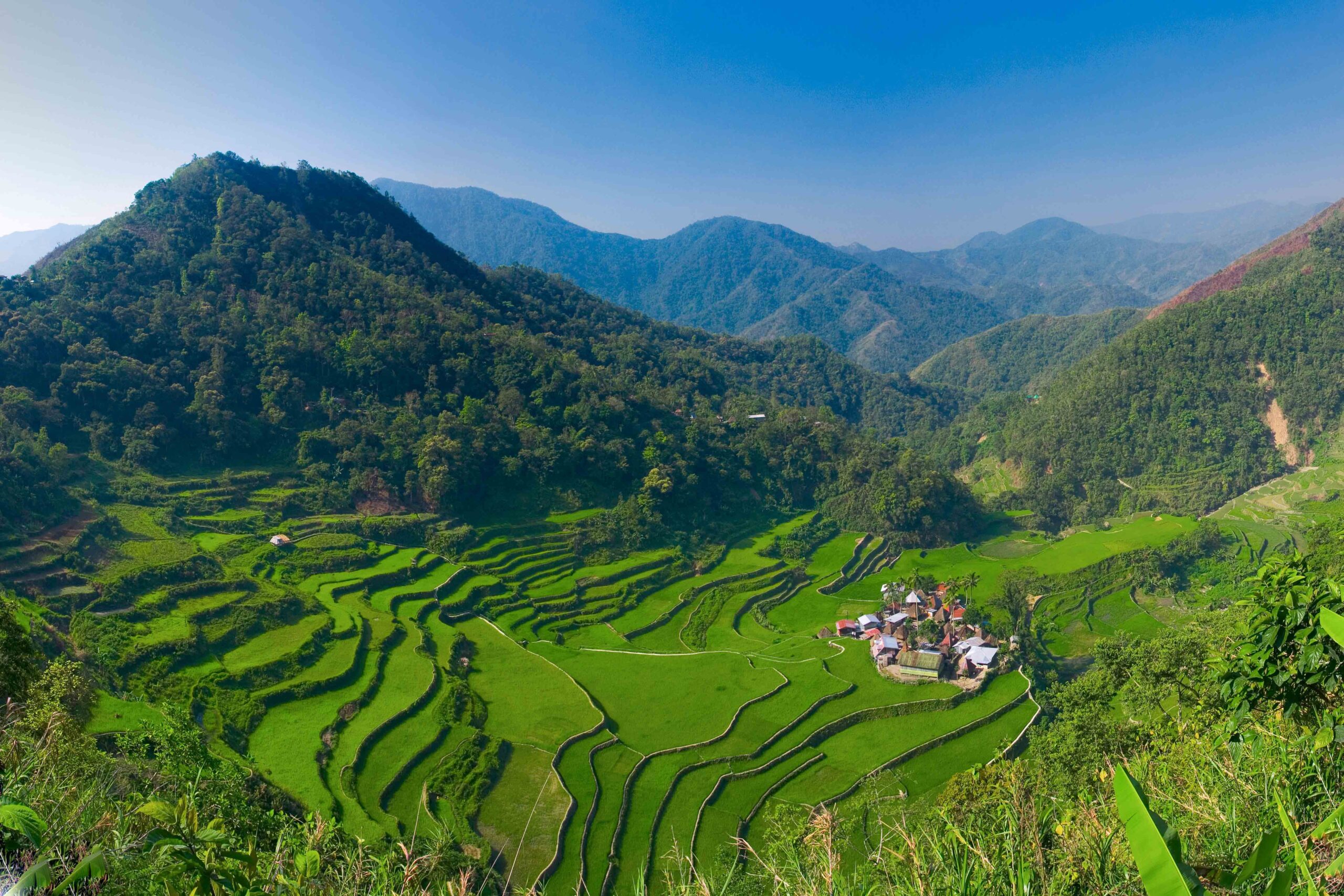 (Jon Arnold Images Ltd/Alamy Stock Photo)
(Jon Arnold Images Ltd/Alamy Stock Photo) -
Artifacts May/June 2018
Roman Sundial
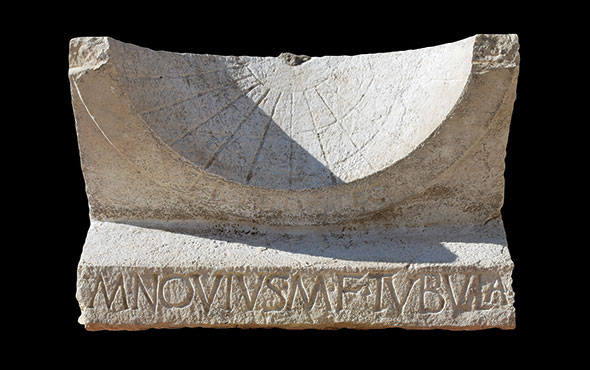 (Courtesy Alessandro Launaro)
(Courtesy Alessandro Launaro) -
Digs & Discoveries May/June 2018
Conquistador Contagion
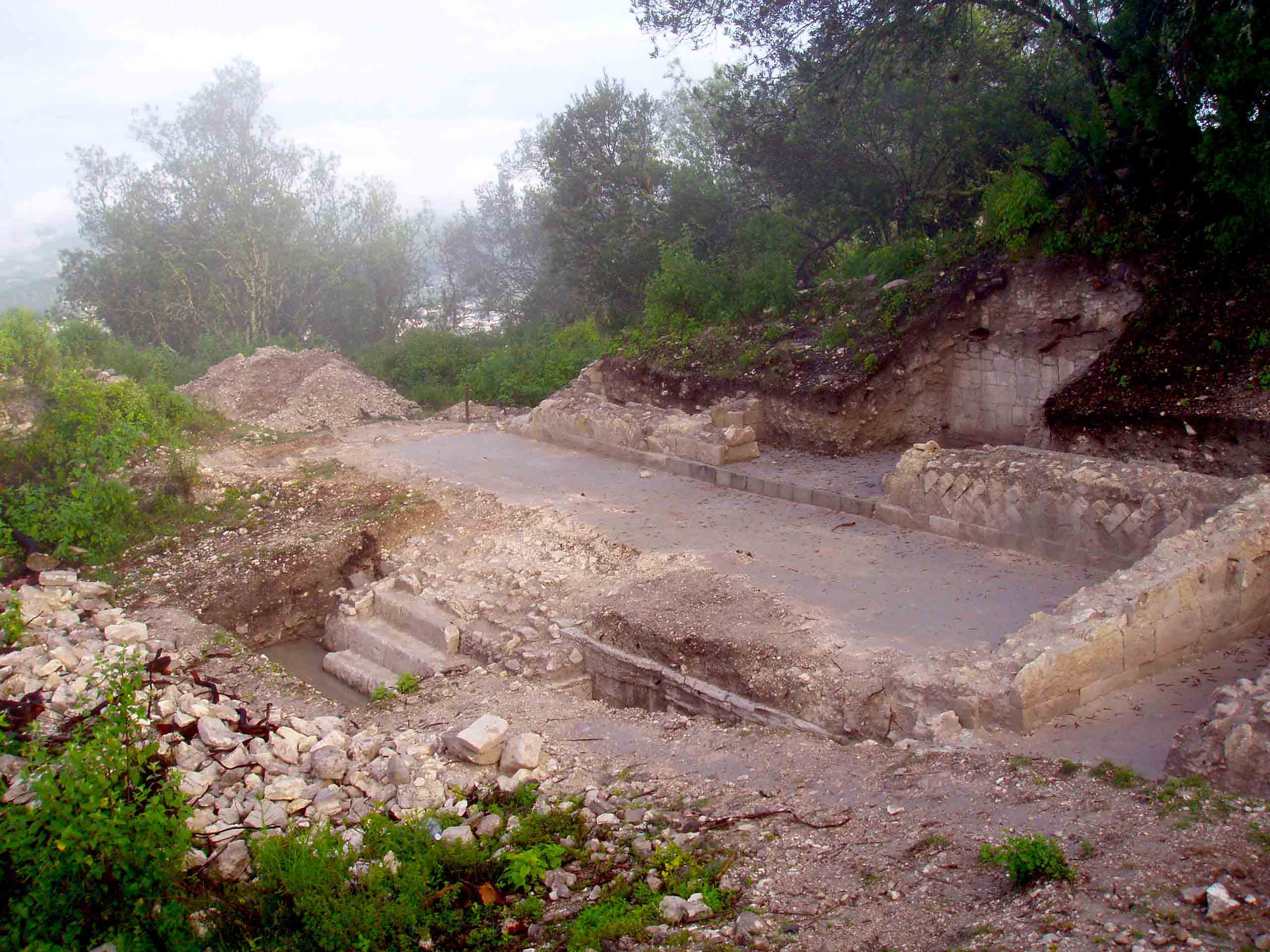 (Christina Warinner. Image courtesy of the Teposcolula-Yucundaa Archaeological Project)
(Christina Warinner. Image courtesy of the Teposcolula-Yucundaa Archaeological Project)


